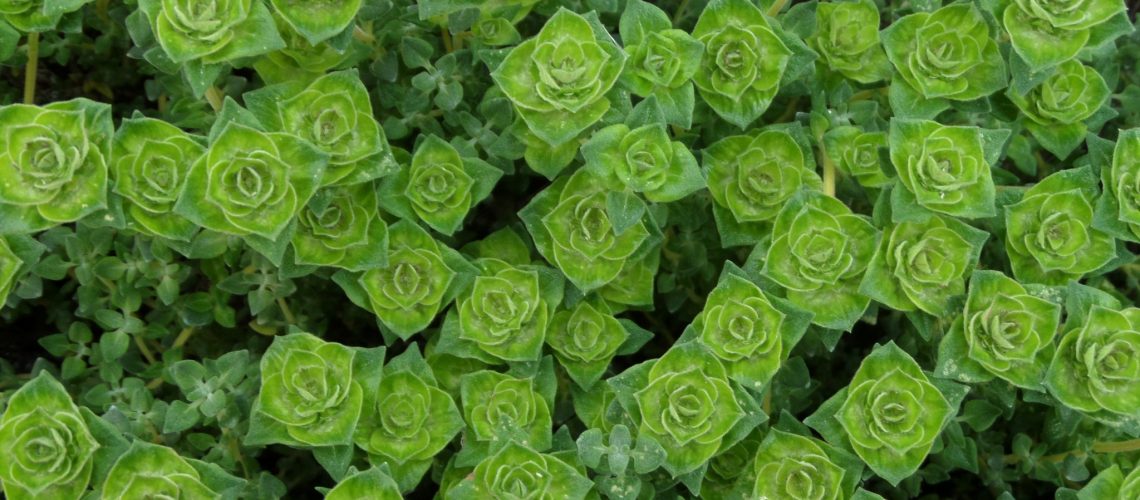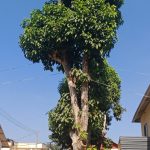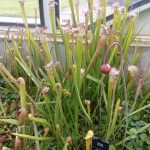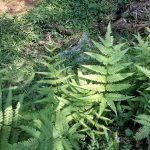ORGANIC FARMING OR GREEN FARMING : WHY?
Organic Farming is adopting the traditional method of agriculture used by early man before the advent of mechanisation. It is farming using the natural resources and avoiding any kind of synthetic or chemical ingredients in the farming practice. In other words it is a method of growing crops, fruits and vegetables by using sustainable and eco-friendly methods. Thus it is a traditional and indigenous way of cultivating crops by using biological means such as biofertilisers, bio-pest repellents and native varieties of crops. There was a time in the recent past when a need was felt for high yielding varieties of crops and chemical fertilisers to increase yield and bring about food security for the growing population of the earth. But the indiscriminate use of chemical fertilisers and pesticides has deteriorated the conditions of the soil. This has been further complicated by reduced water supply due to failure of rains and depletion of ground water and drying up of surface water resources. All these problems are triggered by Deforestation which is one of the major effects of Urbanisation and Industrialisation.
Trees are one of the major sequesters of carbon from the atmosphere and are able to control Green house effect and Global warming. Loss of trees ahs not only heated up the earth but has also affected the productivity of our ecosystems because green plants form the first trophic (feeding) level of all grazing ecosystems and are called producers. Very surprising we find that the conditions on the earth in the present day are making it difficult for the survival of plants. Hence it becomes the responsibility of each and every individual of this planet to contribute his part towards increasing the green cover of his only home in the universe.
How do we do this? First of all do we have sufficient open land to create the green cover? This is a very pertinent question that has to be examined with great concern.
- We can use the open terraces and balconies of homes and industrial buildings.
- The window sills, parapet walls, backyards and other such places that receive sunlight at least for four hours a day during the growing period are ideal for creating a green cover
- This could be a lawn, a vegetable garden, a flower garden or even a microforest like a Miyawaki forest that is common in Japan.
- The compound wall of houses can be converted into green walls and the compost generated by household can be used as the medium for growth of plants.
- In flat systems, the OTS (open to sky) area can be used to grow plants
- Even the Social and Agro-forestry programmes can be intensified and farmers who raise forests can be remunerated and encouraged.
- Small gardens can be partly converted into Miyawaki forests with closely spaced trees forming a continuous green canopy.
- Fast growing trees like Gulmohar, Flame of the forest and Subabul could be planted for speedy development of green cover as this is the need of hour if we have to break the vicious cycle of failure of rains, water scarcity and loss of green cover
- For tropical conditions Neem, Fig and Tamarind are ideal and even if these are slow growing these are hardy and are able to withstand strong winds
- For all these we need only indigenous seeds and fertilisers.
- If cuttings are available, we can adopt special rooting methods using Hydroponics where the nutrient medium can contain Vermicompost, bacterial compost or fish waste amino acid
- This method enhances the rooting and establishment of cuttings and frees us from our dependence on seeds
- The trees are also able to grow and mature fast depending on the age of the cutting used.
These methods would help us increase the green cover of the earth in a traditional and eco-friendly way and at the same time provide us with the benefit of getting healthy fruits and vegetables. Additionally we have the satisfaction that we are able to grow our own fruits and veggies. Above all we are composting our biodegradable wastes and reducing the earth’s burden in our own small way. The compost that we generate thus helps us feed our kitchen garden. Composting therefore is an excellent method of reducing solid biodegradable wastes. Certain of these like wood chips, twigs, cardboards and the like can also be used as biomass for energy production by Gasification while cardboard could be used as a vermibed for vermicomposting. We have learned to segregate our wastes and if could Recycle-Reuse-Reclaim-Repair-Restore our non-biodegradable wates, then we will be moving forward towards re-greening our only Home in this Universe –The Earth!
Thus if we look carefully we can find that there is no biological material that cannot be composted and no non-biological material that cannot be Recycled/Reclaimed/Repaired/Reused/Restored or even put to Revised use. Where there is Will there is always a way.
Think –Create – Innovate!!
Green the Earth –Succeed and Survive!!!











